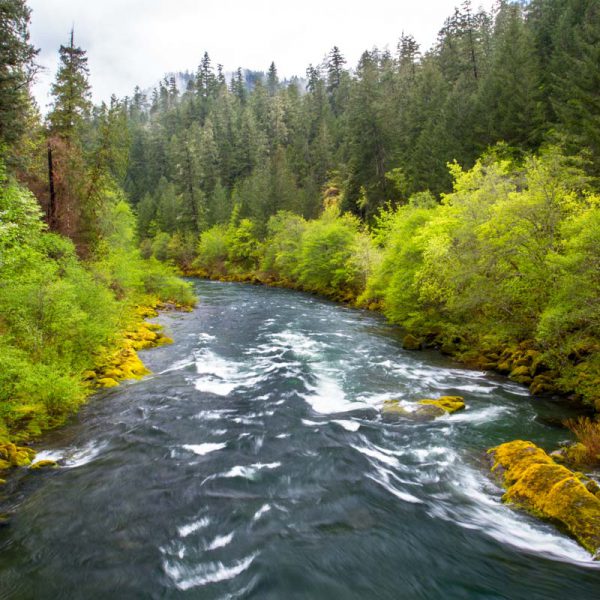A Diversity of Organisms at all Levels
Wild fish management is caught in the same conundrum that plagues most resource management – it’s really the humans that need managing, not the resource. Various private and public agencies and the public-at-large are charged with fish management; and with that, the economic, employment and social benefits it might provide.
Increasingly, biologists attracted to fish are studying their dynamics within the context of marine ecosystems. Ecologists study the food web and the relationships between species and processes. Their primary consideration is to protect the diversity of organisms at all levels that interact with specific species.

The Status of Salmon
There is no question that fisheries management presents complex biological, economic, and political challenges. The status of salmon throughout much of the US Pacific Northwest substantiates this difficulty.
In the lower continental US, salmon have disappeared from 40% of their historic spawning range and commercial fisheries proceed only as exceptions. In British Columbia, commercial catches of salmon between 1995-2005 were the lowest on record and the number of stocks contributing to this catch has declined, shifting over the decades from many diverse runs to fewer large runs.
Species currently in the worst shape are chinook, chum and sockeye, which were depressed or very depressed in more than 70% of runs (2000-2005; 85%, 72% and 73% respectively). While specific to the north and central coast, this is likely true coast wide.
There has also been a continual erosion of stream counts and monitoring efforts since the 1980s. By 2005, only 137 indicator streams were consistently monitored (of 215 indicator streams; this represents 8% of the 2600 salmon runs on the central and north coast).


Oregon Policies
Native Fish Conservation Plan – The Native Fish Conservation Policy was adopted by the F&W Commission in 2002 to provide a framework for protection of wild fish, while integrating responsible hatchery programs and maintaining opportunities for sport, commercial, and tribal fisheries. That’s a tall order. The policy calls for the development of conservation plans for “individual species management units.”

